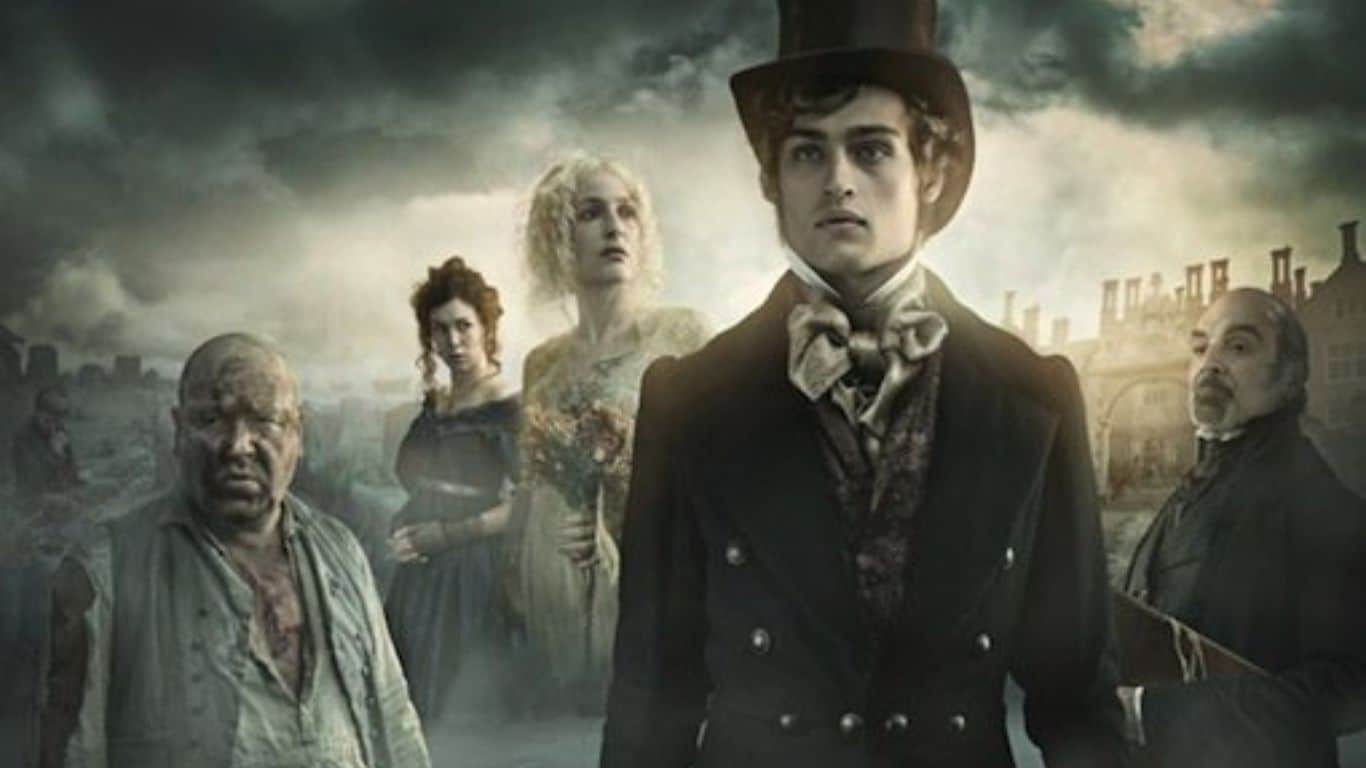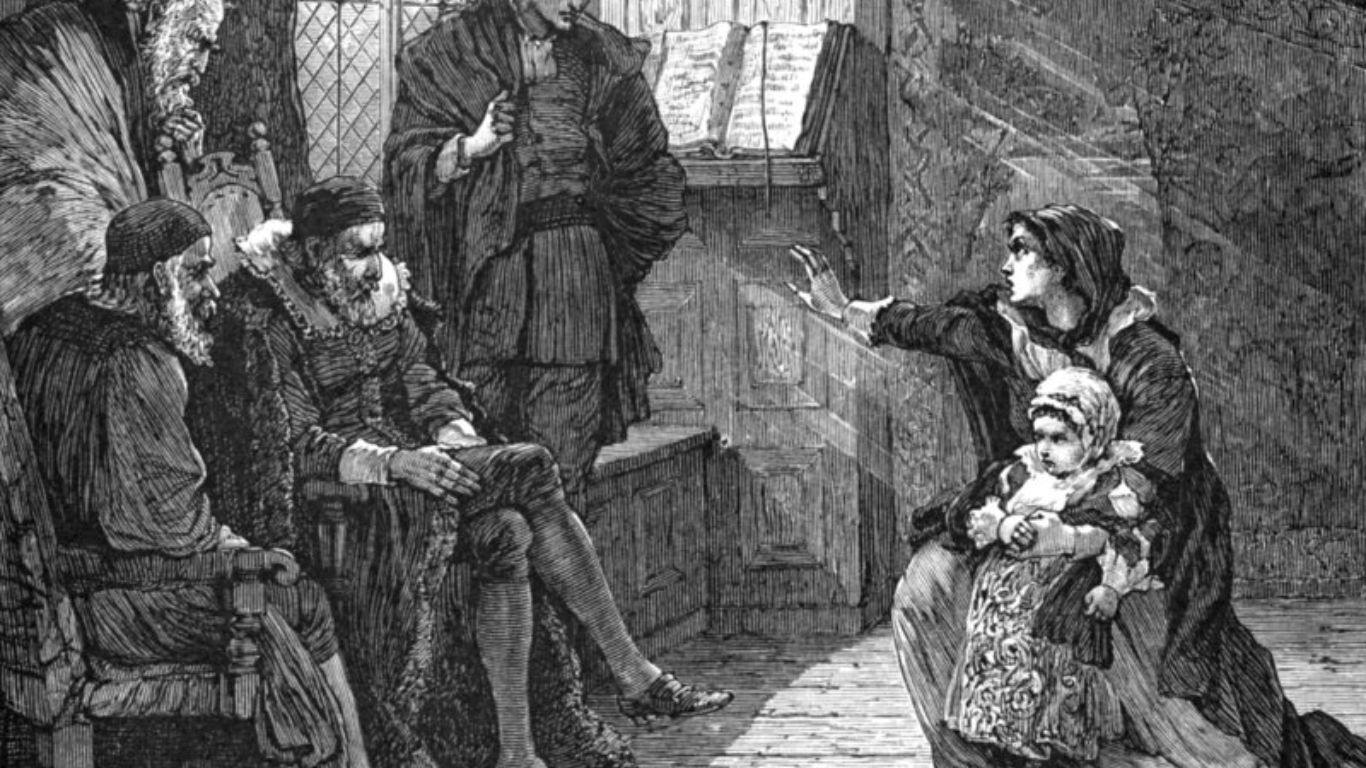Classic literature has given us some of the most memorable and enduring characters in literary history. From heroes and heroines to villains and anti-heroes, these characters have captured the hearts and imaginations of readers for generations. One of the most fascinating aspects of classic literature is the way in which characters can undergo transformative journeys that fundamentally alter their personalities, motivations, and actions. In this article, we will explore 10 incredible character transformations in classic literature. Furthermore, examining how these changes occur and what they reveal about the human experience. Whether it is a tale of redemption, growth, or downfall, these transformations offer a window into the complexities of the human psyche. As well as the power of literature to capture the full range of human emotions and experiences.
10 Incredible Character Transformations in Classic Literature
Ebenezer Scrooge – A Christmas Carol

Ebenezer Scrooge is initially portrayed as a miserly and bitter old man who values wealth above all else. However, on Christmas Eve, he is visited by three ghosts who show him his past, present, and future. Through these experiences, Scrooge realizes the error of his ways and transforms into a compassionate and generous person who values the true spirit of Christmas. He becomes dedicated to helping others and making amends for his past mistakes. Scrooge’s transformation demonstrates the power of redemption and the importance of kindness and generosity towards others, especially during the holiday season.
Jean Valjean – Les Misérables

At the beginning of “Les Misérables,” Jean Valjean is presented as a toughened criminal who had spent 19 years in prison for stealing bread. But, things changed after a kind bishop showed him mercy, which transformed Valjean’s heart. Consequently, he became a compassionate and selfless individual who dedicated his life to helping others. The transformation Valjean underwent shows how a single act of kindness can have a significant impact on someone’s life, and it demonstrates the potential for change and redemption, no matter how dark one’s past maybe.
Sydney Carton – A Tale of Two Cities

Throughout “A Tale of Two Cities,” Sydney Carton is presented as a cynical and self-destructive lawyer who struggles with alcoholism and sees little value in his own life. However, in the novel’s final moments, Carton undergoes a transformative experience. He sacrifices his own life to save the life of the man he loves, Charles Darnay, which ultimately leads to his redemption. This act of selflessness transforms Carton into a heroic figure who is remembered for his bravery and sacrifice. Carton’s transformation shows that even those who have made mistakes and see little value in their own lives can still find redemption and make a significant impact on the world.
Pip – Great Expectations

In “Great Expectations,” Pip starts as a young orphan who is self-centered and materialistic. He dreams of becoming a gentleman and being wealthy. But, as he grows up and experiences life’s hardships, Pip’s values shift, and he becomes a more empathetic and kind person. After learning the truth about his past and the people who care for him. Pip realizes the importance of genuine connections and values the people in his life over material possessions. Pip’s transformation shows that personal growth is possible, and it highlights the importance of empathy, gratitude, and the relationships that shape us.
Elizabeth Bennet – Pride and Prejudice

At the beginning of “Pride and Prejudice,” Elizabeth Bennet is presented as a proud and prejudiced young woman who forms quick judgments of others. She is initially dismissive of Mr. Darcy and his social status. But through her experiences and interactions with him and other characters, she learns to be more open-minded and accepting. Elizabeth’s transformation is marked by her ability to see beyond societal conventions. And her own biases to form genuine connections with others. She becomes more compassionate, humble, and understanding. Moreover realizing the importance of personal growth and the value of seeing people for who they truly are.
Jane Eyre – Jane Eyre

In “Jane Eyre,” the titular character starts the novel as a timid and submissive governess who is often mistreated by those around her. However, through her experiences, she gains confidence and independence, ultimately becoming a strong and empowered woman. Jane’s transformation is marked by her ability to stand up for herself, pursue her dreams, and challenge the expectations placed on her by society. She learns to value herself and her worth, and she refuses to settle for a life that doesn’t align with her beliefs and desires. Jane’s journey showcases the power of self-discovery and the potential for personal growth, even in the face of adversity.
Jekyll/Hyde – The Strange Case of Dr. Jekyll and Mr. Hyde

Dr. Jekyll transforms into the evil Mr. Hyde after experimenting with a potion. The physical transformation serves as a metaphor for the psychological transformation Jekyll undergoes as he becomes consumed by his dark impulses. Jekyll initially tries to separate his good and evil selves. But he soon realizes that his desire for pleasure and freedom from societal constraints leads him down a dangerous path. Jekyll’s transformation into Hyde ultimately leads to his downfall. In fact highlighting the dangers of repressing one’s true nature and the consequences of giving in to one’s darkest impulses. The novel serves as a cautionary tale about the human psyche and the potential for evil within us all.
Edmund Dantes – The Count of Monte Cristo

In “The Count of Monte Cristo,” Edmund Dantes is wrongfully imprisoned. And transforms himself into the wealthy and powerful Count of Monte Cristo. He uses his new identity to exact revenge on those who wronged him. But as he carries out his plans, Dantes begins to understand the cost of his actions and the importance of forgiveness. His transformation from a naive young man to a calculated and vengeful count. As well as highlighting the power of determination and the consequences of seeking revenge. Ultimately, Dantes learns that forgiveness is a more powerful force than revenge, and his story serves as a reminder of the importance of mercy and compassion.
Hester Prynne – The Scarlet Letter

Hester Prynne is forced to wear a scarlet letter for committing adultery and faces public shame and ridicule. However, over time, Hester transforms from a meek and submissive woman into a strong and independent person who is unafraid to speak her mind. Hester’s transformation is marked by her ability to resist societal expectations and challenge the oppressive patriarchal structures of her community. She uses her experiences to advocate for the rights of women and marginalized individuals, ultimately becoming a symbol of strength and resilience. Hester’s journey showcases the power of personal growth and the potential for transformation in the face of adversity.
Holden Caulfield – The Catcher in the Rye

In “The Catcher in the Rye,” Holden Caulfield is a troubled and disillusioned teenager who struggles to find meaning in the world around him. Through a series of encounters and experiences, Holden undergoes a transformative experience. These experiences forces him to confront the harsh realities of life. As he comes to terms with his own limitations and vulnerabilities. Holden learns to let go of his cynicism and embrace the complexities of the world. His transformation represents a coming-of-age journey that highlights the importance of self-discovery. And the potential for growth in the face of adversity. Ultimately, Holden’s story serves as a reminder of the power of resilience and the human capacity for transformation.
Also Read: Role of Religion in Literature



